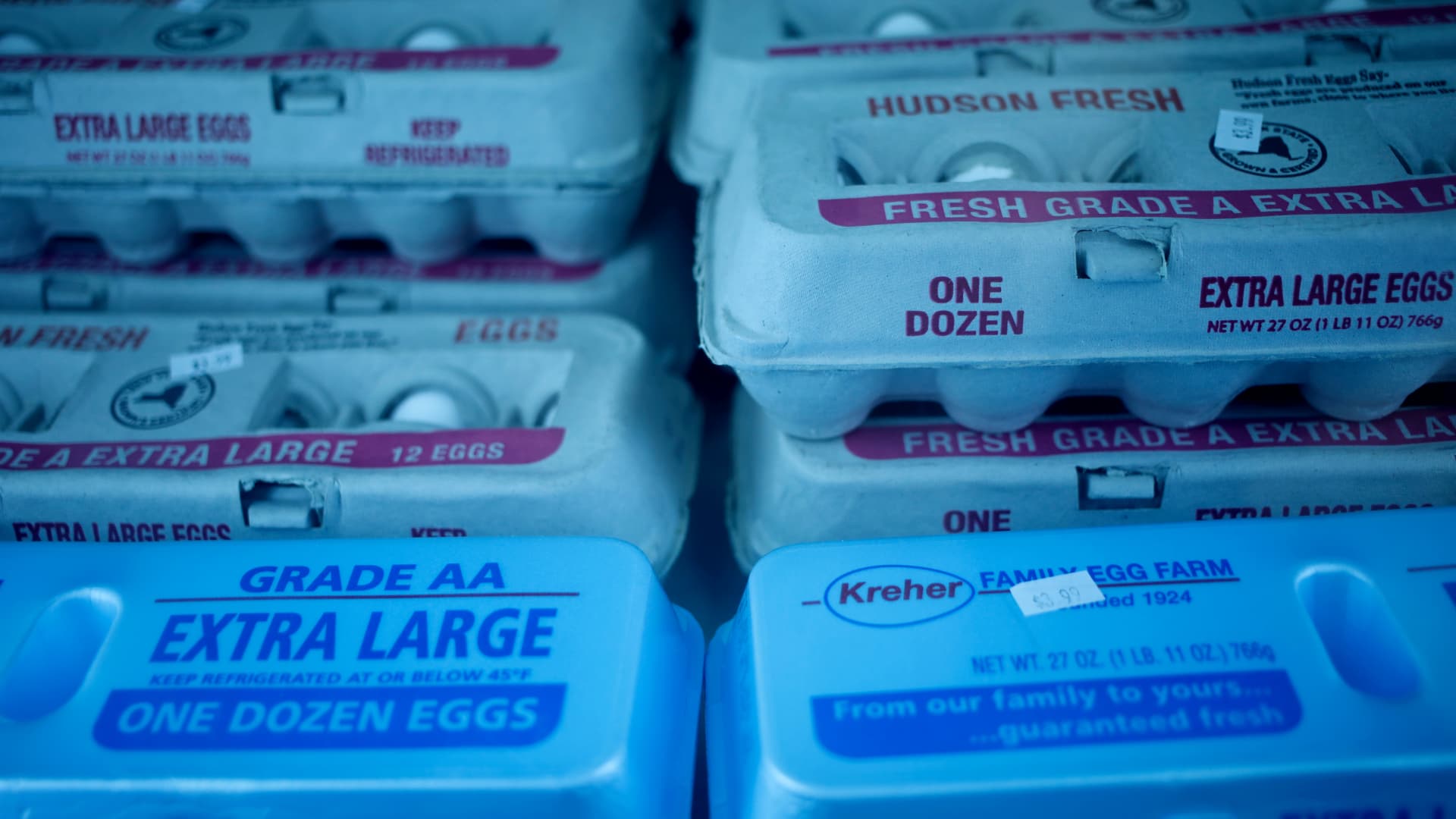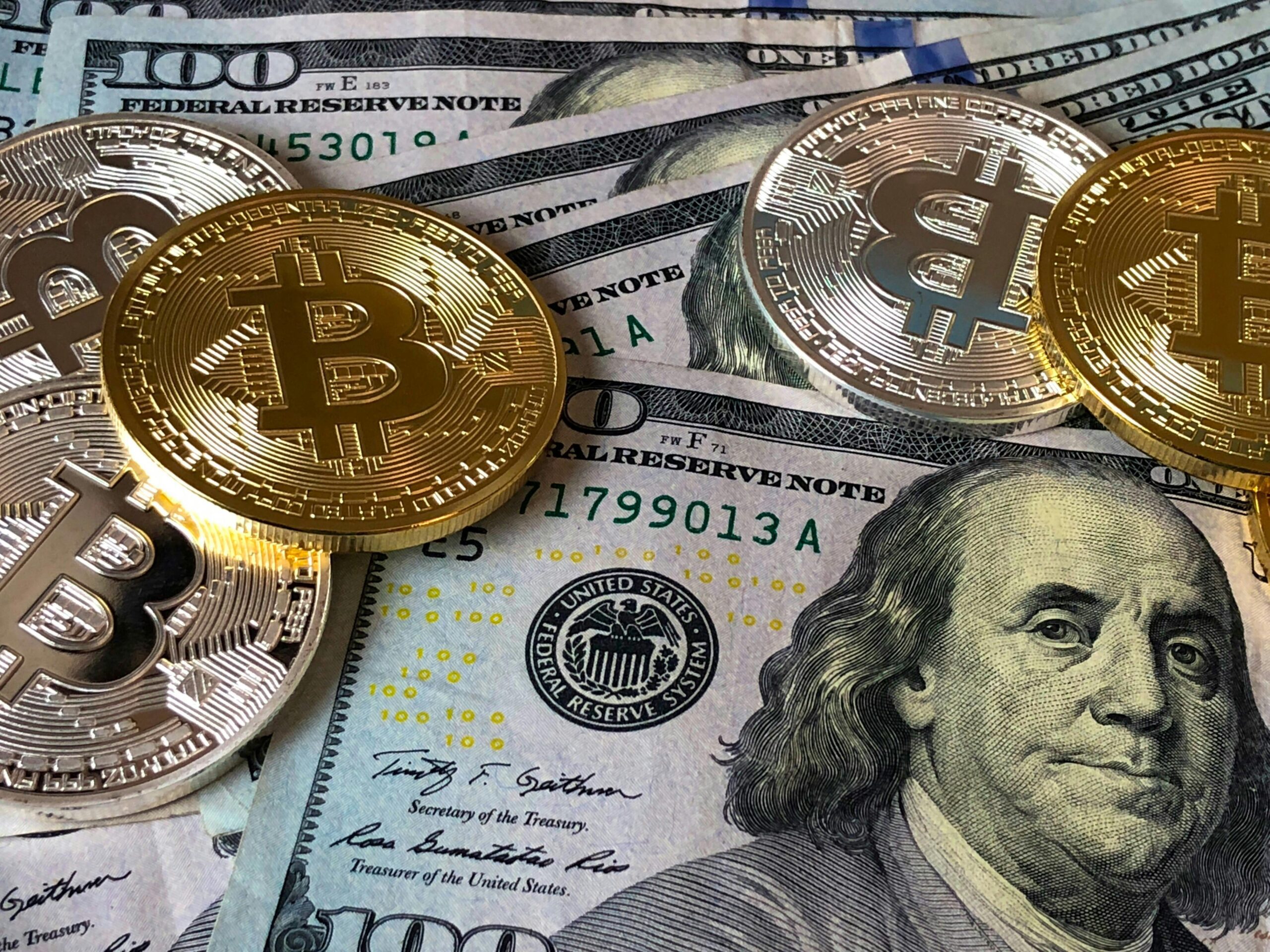Luke Sharrett/Bloomberg via Getty Images
Egg prices are climbing, placing the household staple back in the spotlight as consumers stay concerned not only about inflation but the absolute level of prices.
July marked a third straight month that egg prices rose on an annual basis, a reversal from a year of relative decreases. The culprit was a continued battle against the highly pathogenic avian influenza, known in short as HPAI or the bird flu.
Prices for the vital food ingredient soared 19.1% in July compared with the same month a year prior, according to consumer price index, or CPI, data released this week. By comparison, the entire CPI basket of items rose just 2.9% over the same period.
Inflation in egg prices became a focus for consumers during the pandemic given their ubiquity in everyday cooking. Increases in eggs and other groceries have been top of mind for consumers grappling with higher costs, in turn hurting consumer sentiment in recent years.
But the latest inflationary wave appears more connected to a spike of nearly 8% from March to April, which can be tied to seasonal patterns in the bird flu. That was largest month-over-month increase since the spring of 2023.
“The short answer, we think, is related to avian influenza,” said Caitlinn Hubbell, market research analyst at Purdue University’s Center for Food Demand Analysis and Sustainability in West Lafayette, Indiana. “As unfortunate as that is, the high-path avian influenza has continued to be around.”
The bird flu had a historic outbreak in 2022 and surged once again at the end of 2023. More recently, Hubbell said resurgences in Colorado and California have hurt supplies.
Egg demand is considered “inelastic,” Hubbell said, meaning consumers will usually buy the same amount regardless of price increases. On the flip side, she noted that consumers usually won’t stock up when they see lower costs.
Inelastic items tend to see big price changes from even small changes in supply, she said. That can underscore the impact of any bird flu outbreaks on the prices customers see on grocery store shelves.
For shoppers, this has resulted in higher prices. The average rate for a dozen large, Grade A eggs topped $3 in July for the first time in more than a year, according to the Bureau of Labor Statistics.
Despite this reacceleration, prices are still more than 20% below levels seen last year. Nonetheless, the price of eggs tracked within the CPI basket is up about 42% compared with July 2021.
Looking ahead, Hubbell said price movements will hinge on the state of the bird flu. But she’s hopeful consumers can see some relief with upcoming seasons less likely to bring outbreaks.
“It’s hard to tell,” Hubbell said. “It all depends on the impact in the size and scope of HPAI.”















